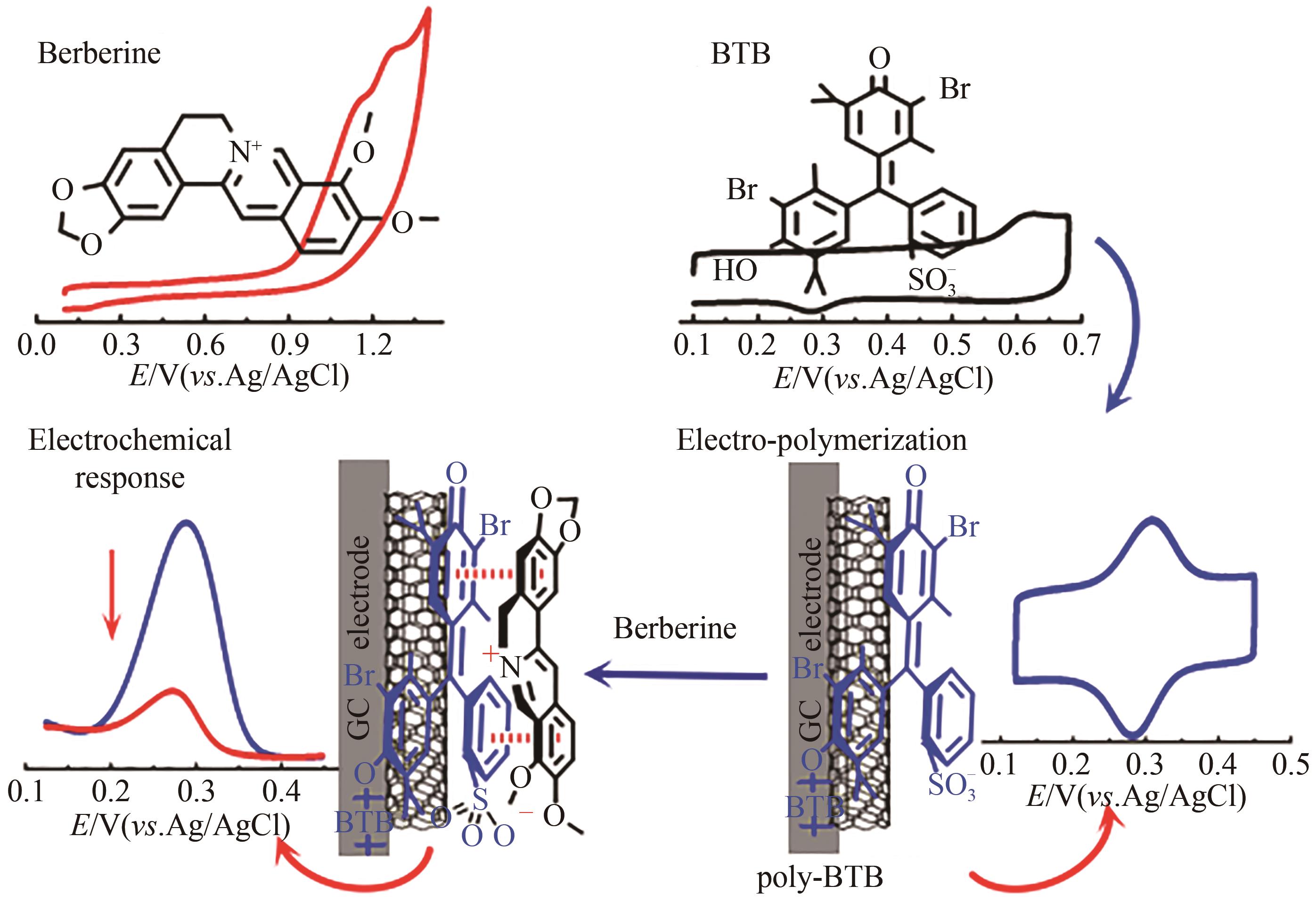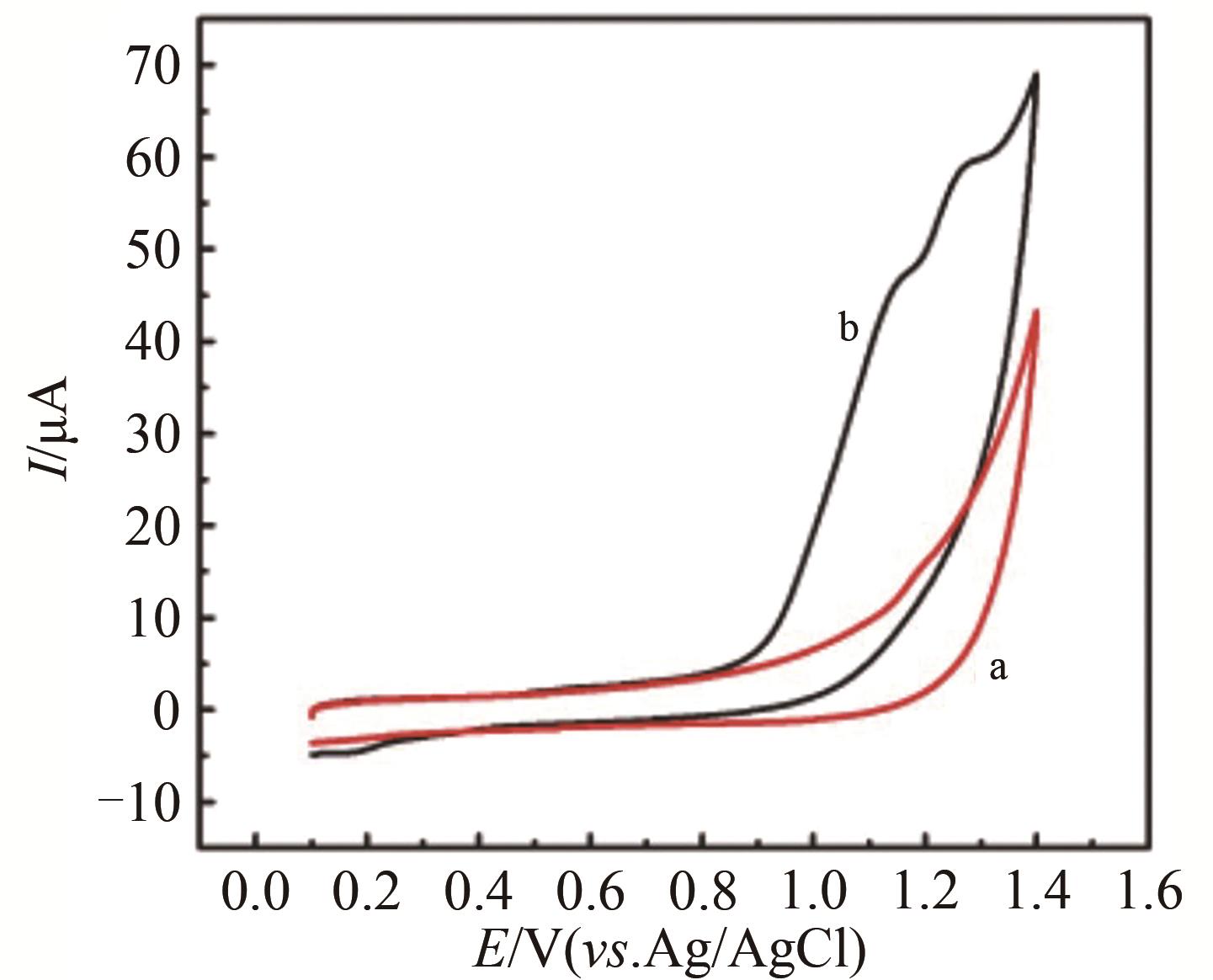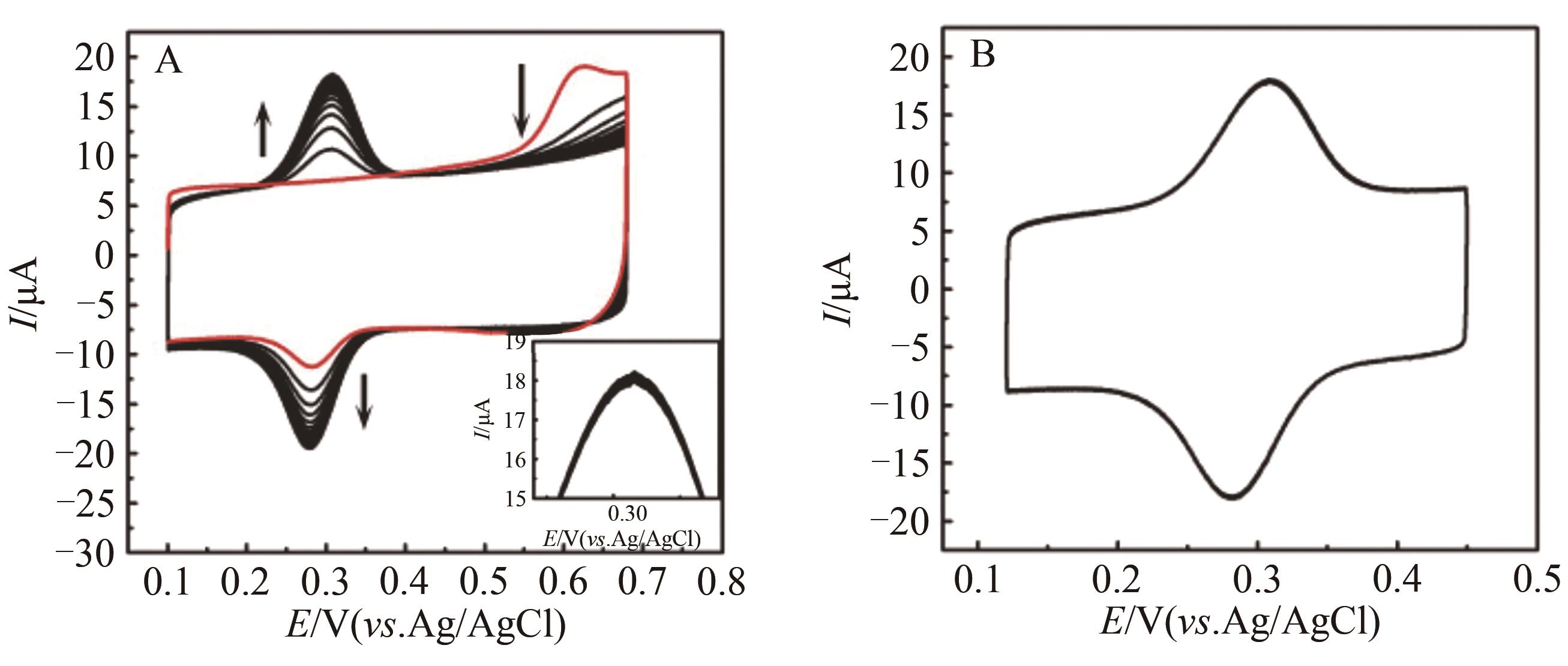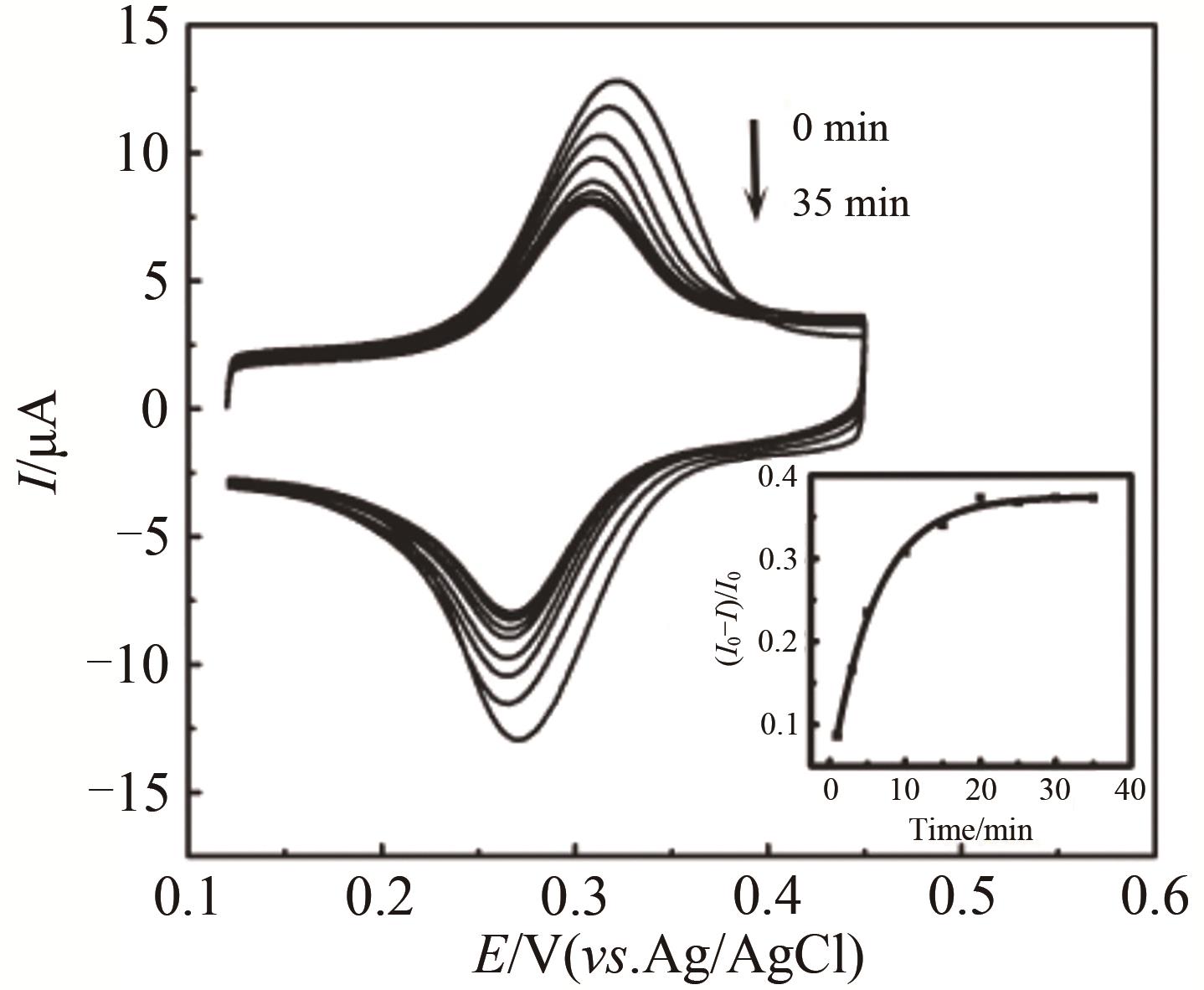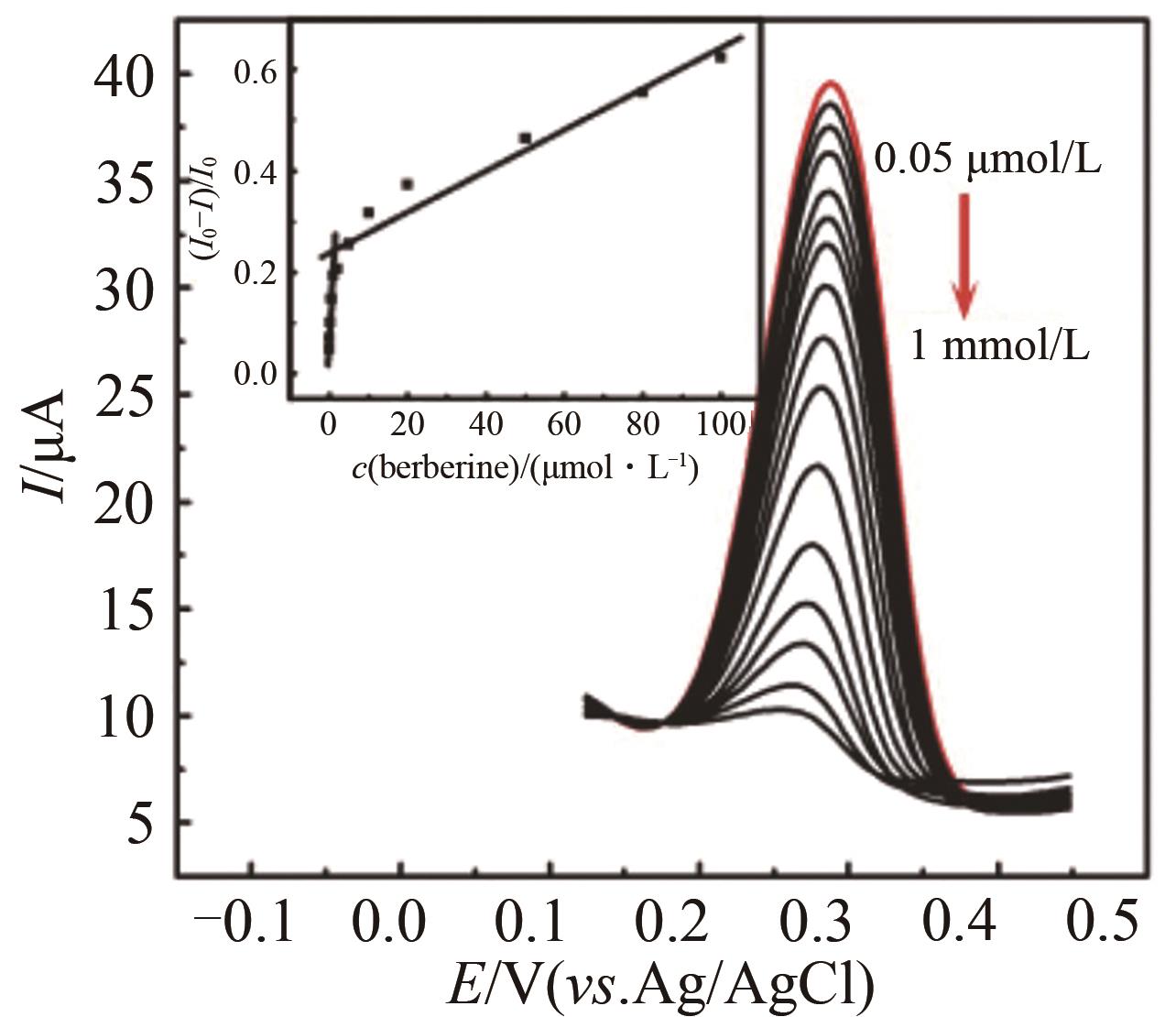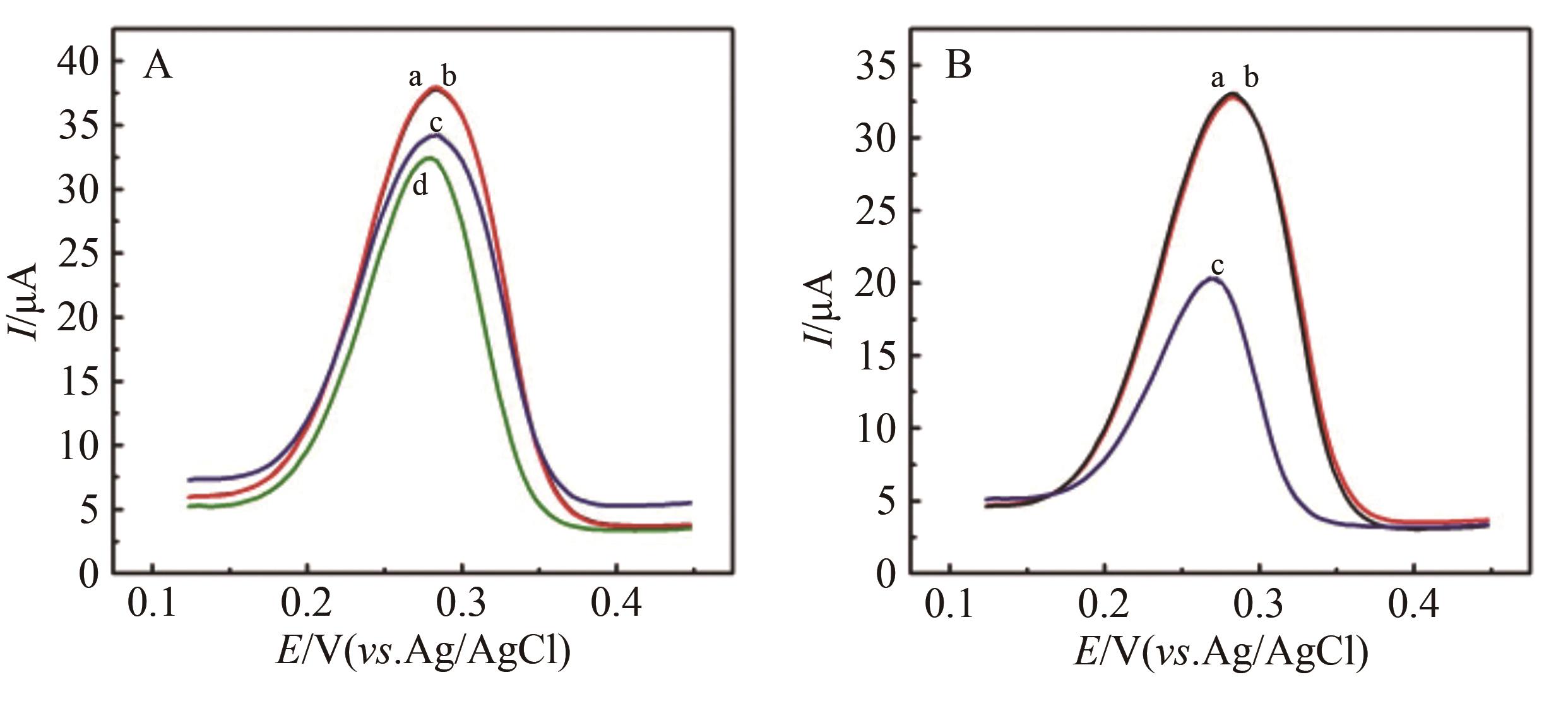| 1 |
ALBRING K F, WEIDEMULLER J, MITTAG S, et al. Berberine acts as a natural inhibitor of Wnt/β-catenin signaling-identification of more active 13-arylalkyl derivatives[J]. Biofactors, 2013, 39(6): 652-662.
|
| 2 |
IMENSHAHIDI M, HOSSEINZADEH H. Berberis vulgaris and berberine: an update review[J]. Phytother Res, 2016, 30(11): 1745-1764.
|
| 3 |
于浩, 杜建玲. 小檗碱的药理作用及机制的研究现状[J]. 中国现代应用药学, 2020, 37(4): 501-507.
|
|
YU H, DU J L. Research progress on pharmacological effect and mechanism action of berberine[J]. Chin J Mod Appl Pharm, 2020, 37(4): 501-507.
|
| 4 |
邢宇, 刘鑫, 林园, 等. 小檗碱药理作用及其临床应用研究进展[J]. 中国药理学与毒理学杂志, 2017, 31(6): 491-502.
|
|
XING Y, LIU X, LIN Y, et al. Progress in pharmacological effects and clinical applications of berberine[J]. Chin J Pharmacol Toxicol, 2017, 31(6): 491-502.
|
| 5 |
CICERO A F, FERRONI A, ERTEK S. Tolerability and safety of commonly used dietary supplements and nutraceuticals with lipid-lowering effects[J]. Expert Opin Drug Saf, 2012, 11(5): 753-766.
|
| 6 |
HUANG P, QIAN X, LI J, et al. Simultaneous determination of 11 alkaloids in crude and wine-processed rhizoma coptidis by HPLC-PAD[J]. J Chromatogr Sci, 2015, 53(1): 73-78.
|
| 7 |
闫丽莉, 宋小雪, 陈忠新, 等. 高效液相色谱法测定半夏泻心汤物质基准中盐酸小檗碱的含量[J]. 化学工程师, 2022, 36(1): 22-25.
|
|
YAN L L, SONG X X, CHEN Z X, et al. Determination of berberine hydrochloride in Banxia Xiexin Decoction by HPLC[J]. Chem Eng, 2022, 36(1): 22-25.
|
| 8 |
涂星, 唐洪梅, 柴玉娜, 等. 反相高效液相色谱法测定肠激安胶囊中芍药苷、盐酸小檗碱和盐酸巴马汀含量[J]. 药物分析杂志, 2015, 35(1): 115-120.
|
|
TU X, TANG H M, CAI Y N, et al. Determination of paeoniflorin,berberine hydrochloride and palmatine hydrochloride in Changji'an capsules by RP-HPLC[J]. Chin J Pharm Anal, 2015, 35(1): 115-120.
|
| 9 |
WANG Y, ZHANG Y, XIAO J, et al. Simultaneous determination of baicalin, baicalein, wogonoside, wogonin, scutellarin, berberine, coptisine, ginsenoside Rb1 and ginsenoside Re of Banxia xiexin decoction in rat plasma by LC-MS/MS and its application to a pharmacokinetic study[J]. Biomed Chromatogr, 2018, 32(2): 4083-4093.
|
| 10 |
CHEN J, ZHAO H, WANG X, et al. Analysis of major alkaloids in rhizoma coptidis by capillary electrophoresis-electrospray-time of flight mass spectrometry with different background electrolytes[J]. Electrophoresis,2008, 29(10): 2135-2147.
|
| 11 |
BIPARVA P, ABEDIRAD S M, KAZEMI S Y, et al. Chemiluminescence recognition of berberine triggered by biomimetically synthesized silver nanoparticles[J]. Sens Actuators B: Chem, 2016, 234: 278-285.
|
| 12 |
WU Y, ZHANG Q, ZHAO Y, et al. A sensitive and selective fluorescent sensor for berberine chloride based on the supramolecular self-assembly of perylene diimide in aqueous solution[J]. ACS Sustain Chem Eng,2020, 8 (16): 6517-6523.
|
| 13 |
WANG J S, SAKTHIVEL R, ANBAZHAGAN R, et al. Electroactive polypyrrole-molybdenum disulfide nanocomposite for ultrasensitive detection of berberine in rat plasma[J]. Anal Chim Acta, 2020, 1125: 210-219.
|
| 14 |
GETO A, PITA M, DE LACEY A L, et al. Electrochemical determination of berberine at a multi-walled carbon nanotubes-modified glassy carbon electrode[J]. Sens Actuators B: Chem,2013, 183: 96-101.
|
| 15 |
SHIMADA T, HASEGAWA T. Determination of equilibrium structures of bromothymol blue revealed by using quantum chemistry with an aid of multivariate analysis of electronic absorption spectra[J]. Spectrochim Acta A Mol Biomol Spectrosc, 2017, 185: 104-110.
|
| 16 |
RUBIO A L R, BLANCO C, SANCHEZ F G. Synchronous scanning first and second derivative spectrofluorimetric determination of the alkaloid berberine[J]. Fresenius Z Anal Chem, 1986, 323(2): 153-156.
|
| 17 |
胡宇莉, 陈超, 邹宗尧, 等. 8-十六烷基小檗碱与小檗碱的大鼠药代动力学和组织分布比较研究[J]. 药学学报, 2014, 49(11): 1582-1587.
|
|
HU Y L, CHEN C, ZOU Z Y, et al. Comparative study of pharmacokinetics and tissue distribution of 8-cetylberberine and berberine in rats[J]. Acta Pharm Sin, 2014, 49(11): 1582-1587.
|
| 18 |
SKOPALOVA J, VACEK J, PAPOUSKOVA B, et al. Electrochemical oxidation of berberine and mass spectrometric identification of its oxidation products[J]. Bioelectrochemistry, 2012, 87: 15-20.
|
| 19 |
PRADHAN P, MASCARENHAS R J, THOMAS T, et al. Electropolymerization of bromothymol blue on carbon paste electrode bulk modified with oxidized multiwall carbon nanotubes and its application in amperometric sensing of epinephrine in pharmaceutical and biological samples[J]. J Electroanal Chem, 2014, 732: 30-37.
|
| 20 |
冯宇婷, 申贵隽, 黄慧娟. 溴百里酚蓝/多壁碳纳米管修饰玻碳电极测定冬虫夏草中腺嘌呤[J]. 理化检验(化学分册), 2017, 53(1): 60-63.
|
|
FENG Y T, SHEN G J, HUANG H J. MWCNTs/BTB modified glassy carbon electrode determination of adenine in Cordyceps sinensis[J]. Phys Testing Chem Anal Part B: Chem Anal, 2017, 53(1): 60-63.
|


